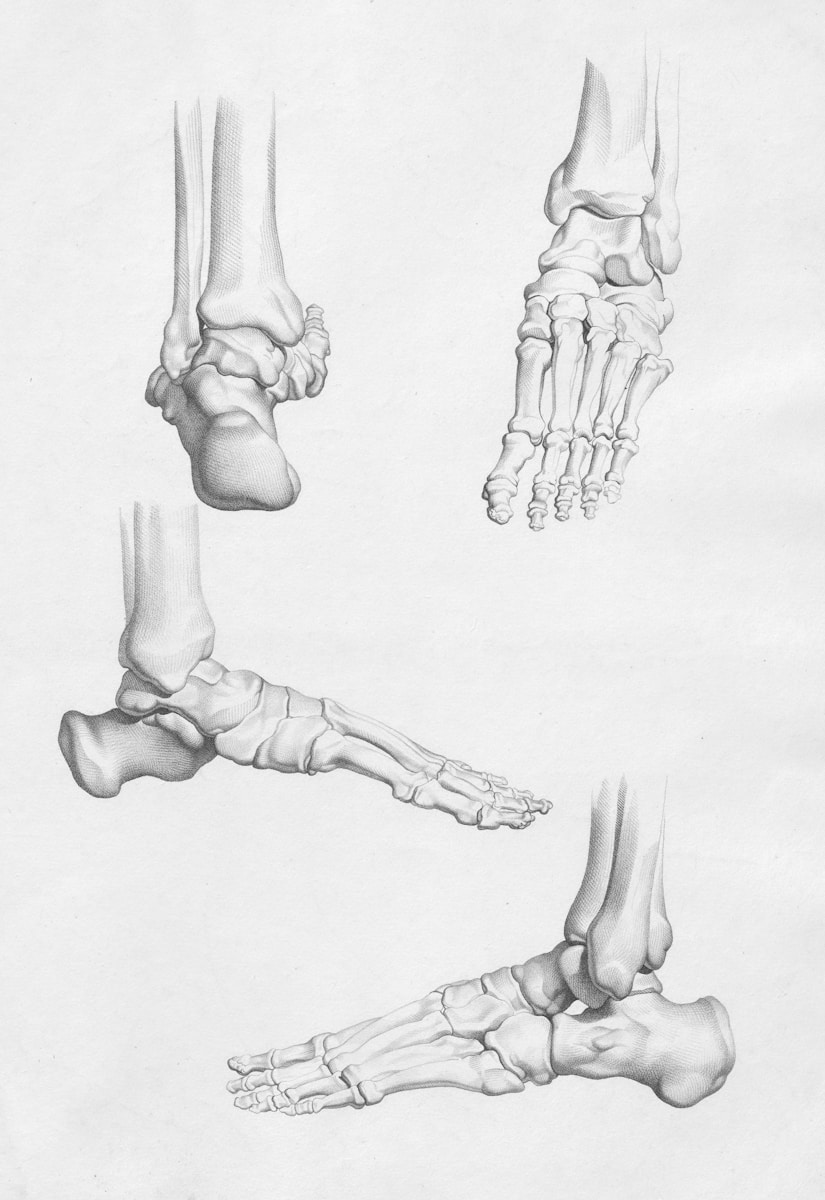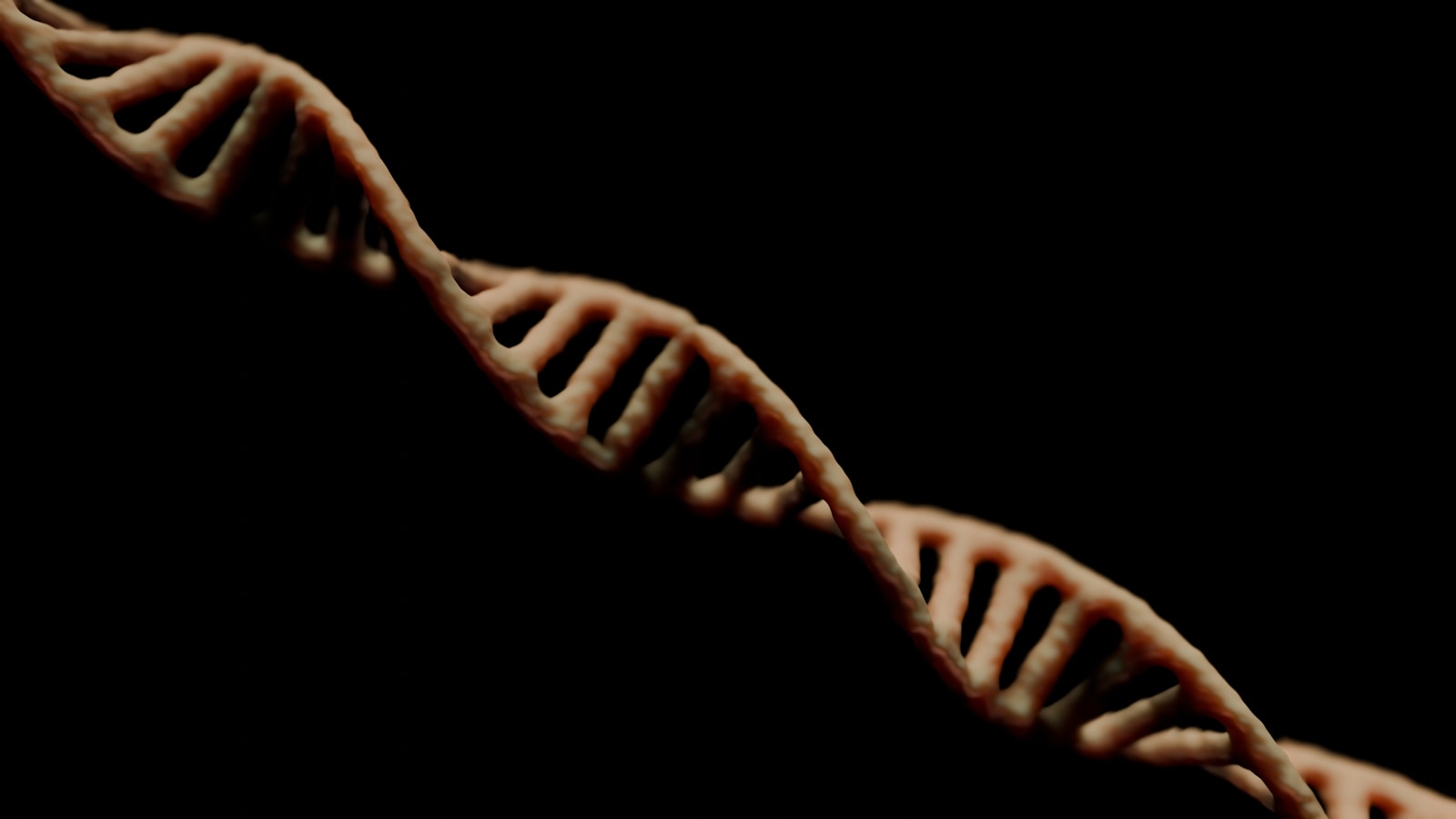Seagulls have a remarkable adaptation that allows them to drink saltwater without suffering adverse effects. Their salt glands, located just above their eyes, are the heroes in this process. These specialized glands filter out excess salt from their bodies, which is then excreted through their nostrils as a concentrated saline solution. This unique adaptation helps seagulls maintain their body’s salt balance while they drink seawater, enabling them to thrive in coastal environments where freshwater may not be readily available.
Understanding Seagulls’ Salt Glands
The salt glands of seagulls are a testament to nature’s ingenuity. These glands are incredibly efficient, capable of excreting salt at concentrations much higher than that found in seawater. This efficiency allows seagulls to maintain a healthy salt balance despite their salty diet. The glands work tirelessly, filtering out the salt that seagulls ingest with each sip of seawater.
How Do Salt Glands Work?
Salt glands function through a process of active transport, where salt ions are moved against a concentration gradient. This is energy-intensive but crucial for the seagull’s survival. The glands extract salt from the bloodstream, concentrating it into a solution that is expelled through the bird’s nostrils. This process ensures that only minimal amounts of salt remain in the seagull’s system, preventing dehydration and other health issues associated with high salt intake.
Evolutionary Significance
The development of salt glands in seagulls is a fascinating example of evolutionary adaptation. Living primarily in coastal habitats where freshwater is scarce, these birds have evolved to utilize the abundant resource of seawater. Over generations, seagulls with more efficient salt glands would have had a survival advantage, leading to the prevalence of this trait in modern populations.
The Role of Osmoregulation
Osmoregulation is the process by which organisms balance the concentration of solutes, such as salts, in their bodies. For seagulls, effective osmoregulation is crucial to their ability to consume saltwater. Their bodies have adapted to manage salt levels efficiently, ensuring that internal conditions remain stable.
Mechanisms of Osmoregulation
Seagulls’ osmoregulatory mechanisms include more than just their salt glands. They also have highly efficient kidneys that help in the reabsorption of water, minimizing water loss and maintaining hydration. The combination of these physiological adaptations allows seagulls to thrive in environments that would be challenging for other species.
Balancing Salt and Water
By maintaining a delicate balance between salt intake and water conservation, seagulls can avoid the detrimental effects of dehydration. This balance is partly achieved through their behavior and dietary choices, which are finely tuned to their environmental conditions.
The Importance of Freshwater
While seagulls can drink saltwater, they still need freshwater for optimal hydration. Freshwater plays a critical role in their overall health, aiding in digestion, metabolism, and temperature regulation. Seagulls often seek out freshwater sources such as ponds, streams, and even puddles.
How Seagulls Find Freshwater
In coastal areas, seagulls have been observed flying inland to find freshwater. They are opportunistic drinkers, taking advantage of rainwater puddles or freshwater lakes. Their keen sense of sight and memory helps them locate these essential resources.
Balancing Saltwater and Freshwater Consumption
Seagulls instinctively know how to balance their intake of saltwater and freshwater. They will often drink freshwater when it’s available to offset the salt they consume from the ocean. This behavior ensures that they do not become dehydrated, despite their ability to process saltwater.
Challenges and Adaptations
Living in a coastal environment presents several challenges for seagulls, primarily related to their reliance on saltwater. Despite their adaptations, there are limits to how much salt they can process.
Potential Risks of High Salt Intake
If seagulls consume too much salt without access to freshwater, they risk dehydration. Although their salt glands are efficient, they cannot compensate for excessive salt intake indefinitely. This risk is mitigated by their behavior of seeking freshwater and limiting saltwater consumption when possible.
Behavioral Adaptations
Seagulls exhibit several behaviors that help them manage their salt intake. For example, they might choose to feed on fish and marine life that contain lower salt content, rather than drinking seawater. Additionally, they are often seen dipping their food in water to rinse off excess salt before consumption.
Case Studies and Examples
Understanding how seagulls manage their salt intake can be enhanced by looking at specific examples and case studies.
Study: Seagulls in Urban Environments
A study conducted on seagulls living in urban areas revealed interesting behavioral adaptations. These seagulls often rely on human-provided water sources, such as park fountains or bird baths, to supplement their freshwater intake. This behavior highlights their adaptability and intelligence in finding resources.
Observation: Seagulls and Seasonal Changes
Seasonal changes also impact seagulls’ access to freshwater. During rainy seasons, they have more access to freshwater puddles, while dry seasons may push them to rely more heavily on their salt glands. Observations show that seagulls adjust their behavior accordingly, demonstrating their ability to adapt to changing conditions.
Practical Tips for Observing Seagulls
If you’re interested in observing seagulls and their unique adaptations, here are some practical tips:
- Visit Coastal Areas: Spend time in coastal regions where seagulls are abundant, such as beaches, harbors, and cliffs.
- Observe Behavior: Pay attention to their drinking habits. Notice how they switch between saltwater and freshwater sources if available.
- Look for Salt Excretion: Watch for the tell-tale signs of salt excretion through their nostrils, often visible as crusty deposits on their beaks.
- Note Feeding Habits: Observe their feeding habits, particularly if they are rinsing food or choosing low-salt prey.
- Document Seasonality: Track changes in their behavior across different seasons, noting how access to freshwater changes.
Deeper Dive into Seagulls’ Physiology
To fully appreciate seagulls’ adaptations, it’s worth diving deeper into the specifics of their physiology beyond the salt glands.
Kidney Efficiency
Seagulls’ kidneys are highly specialized to enhance the excretion of excess salts while conserving water. Unlike mammals, birds excrete nitrogenous waste as uric acid instead of urea, which requires less water, thereby reducing water loss significantly.
Respiratory Adaptations
The respiratory system of seagulls also supports their lifestyle. Their efficient breathing mechanism helps them maintain a balance of oxygen and carbon dioxide, crucial for energy-intensive processes like active salt excretion.
Environmental Impact and Seagull Behavior
The environment plays a pivotal role in shaping the behavior and adaptations of seagulls. Changes in climate patterns and human activity can impact their access to freshwater and food sources.
Climate Change Effects
As climate change alters weather patterns, seagulls may face new challenges in sourcing freshwater. Increased temperatures and altered rainfall patterns could reduce the availability of natural freshwater sources, necessitating further adaptation.
Human Influence
Human activities, such as urbanization and pollution, also affect seagull habitats. While some seagulls have adapted to urban environments, relying on human waste and artificial water sources, these changes can also pose health risks due to pollution and reduced food quality.
Seagulls’ Role in Ecosystems
Seagulls play a vital role in coastal ecosystems. By understanding their adaptations, we gain insight into their ecological importance.
Scavengers and Cleaners
Seagulls help maintain the cleanliness of beaches and coastal areas by scavenging on carrion and human waste. This behavior reduces the accumulation of organic material, which could otherwise lead to ecological imbalances.
Predators and Prey
As both predators and prey, seagulls are integral to the coastal food web. They feed on fish, crustaceans, and insects, while also serving as prey for larger raptors and mammals, highlighting their role in energy transfer within ecosystems.
Observational Studies and Citizen Science
Engaging in citizen science projects can provide valuable data on seagull behavior and adaptation, contributing to our understanding of these resilient birds.
Participatory Research
By participating in bird-watching groups or conservation projects, individuals can contribute to ongoing research on seagull populations, their health, and their adaptability to changing environments.
Data Collection Techniques
Simple activities like recording sightings, noting behavior, and photographing seagulls can offer insights into their daily habits and long-term trends, aiding scientific studies and conservation efforts.
Concluding Thoughts on Seagulls’ Adaptability
The adaptability of seagulls to drink saltwater and thrive in challenging environments is a testament to the power of evolution and natural selection. By exploring their physiological and behavioral adaptations, we appreciate the complexity of their survival strategies and the delicate balance they maintain within their ecosystems. Observing these remarkable birds in their natural habitat provides not only enjoyment but also a deeper understanding of the intricate workings of nature.



